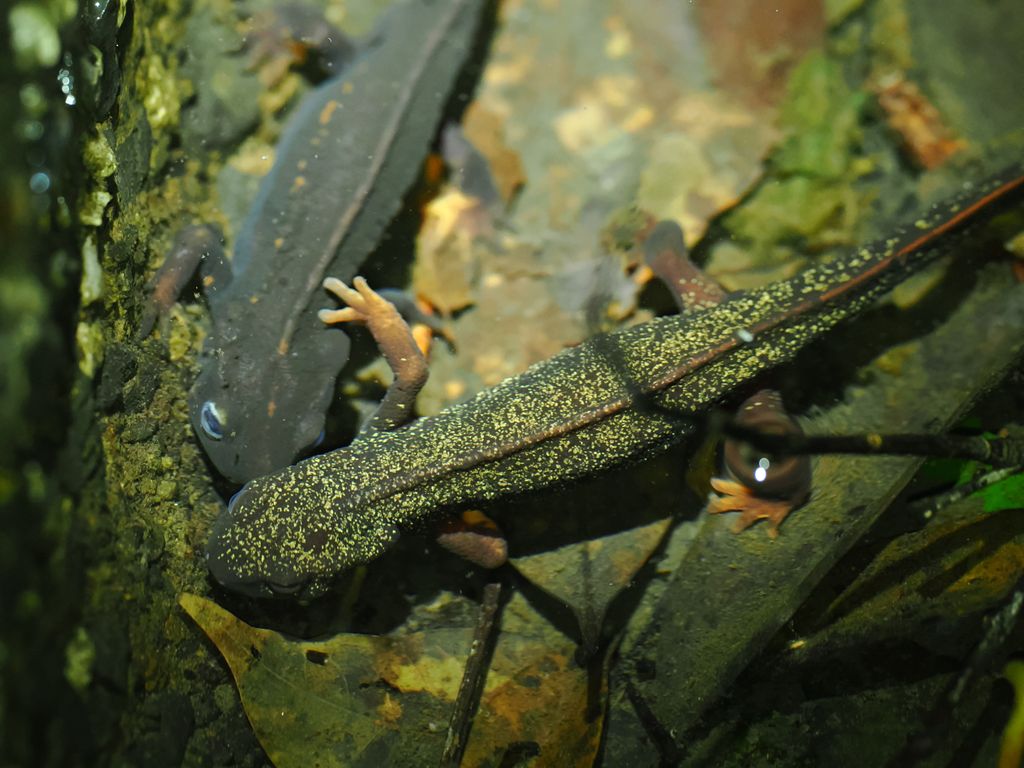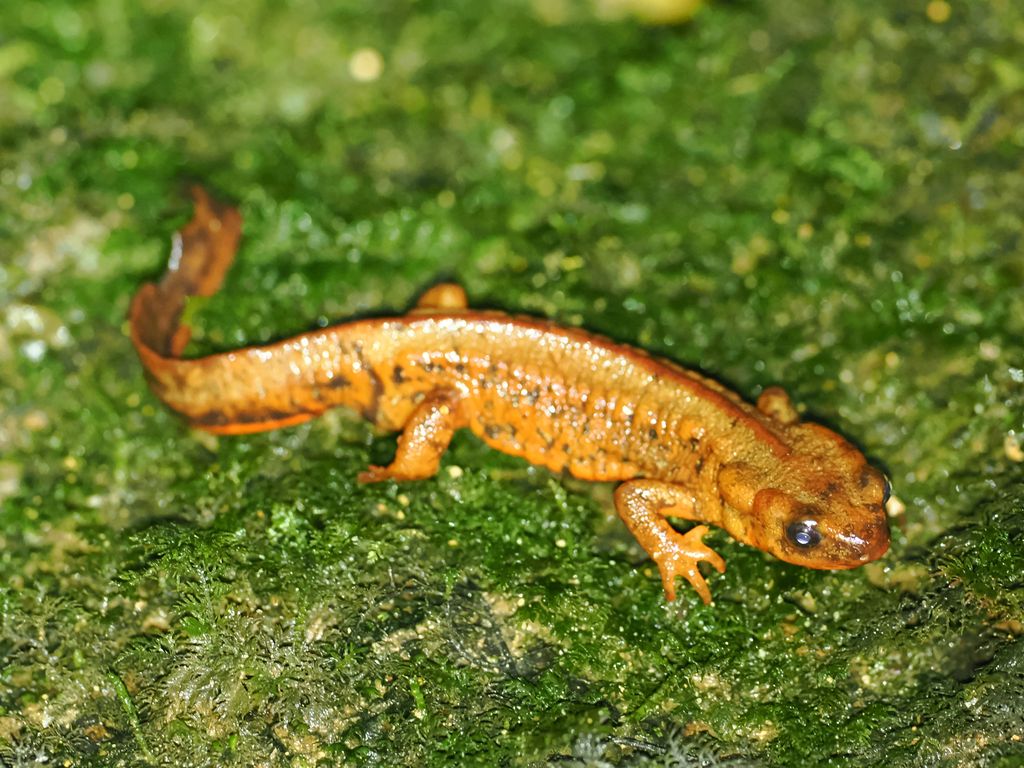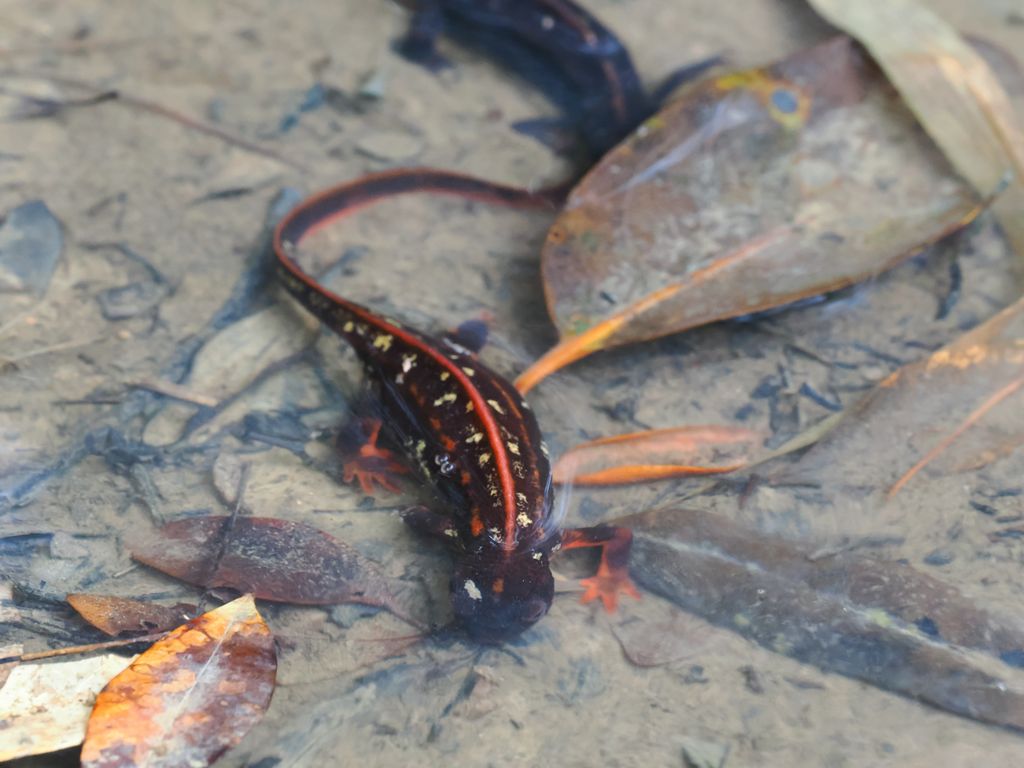Cynops ensicauda
Japanese Name: シリケンイモリ
Chinese Name: 劍尾蠑螈
English Name: Sword-tail newt
Origin: Okinawa Islands, Amami Islands
The specific name ensicauda comes from Latin, meaning “sword” (ensis) and “tail” (cauda). This species has subspecies distributed across the Okinawa and Amami Islands, but interestingly, it is absent from Tokunoshima, located between the Okinawa Islands and Amami Oshima.
- Amami Sword-tail Newt Cynops ensicauda ensicauda
- Okinawa Sword-tail Newt Cynops ensicauda popei
Sword-tail newts are often seen in calm or slow-flowing shallow waters and can also be active on land. After rain, they frequently venture onto roads, leading to common cases of roadkill. Their breeding season occurs in winter, during which the males develop a swollen cloaca and perform a courtship display by moving their tails in an S-shape. Females absorb the males’ spermatophores, and subsequently, they lay their eggs between the leaves of aquatic plants.
Okinawa Sword-tail Newt(Cynops ensicauda popei):
Distributed on islands including Aka, Okinawa, Geruma, Sesoko, Tokashiki, Tonaki, and Hamahiga. Approximately 70% of individuals display yellow spots (resembling gold flakes) on their bodies, a higher prevalence than in the Amami subspecies. Some individuals, however, remain entirely black without any markings.
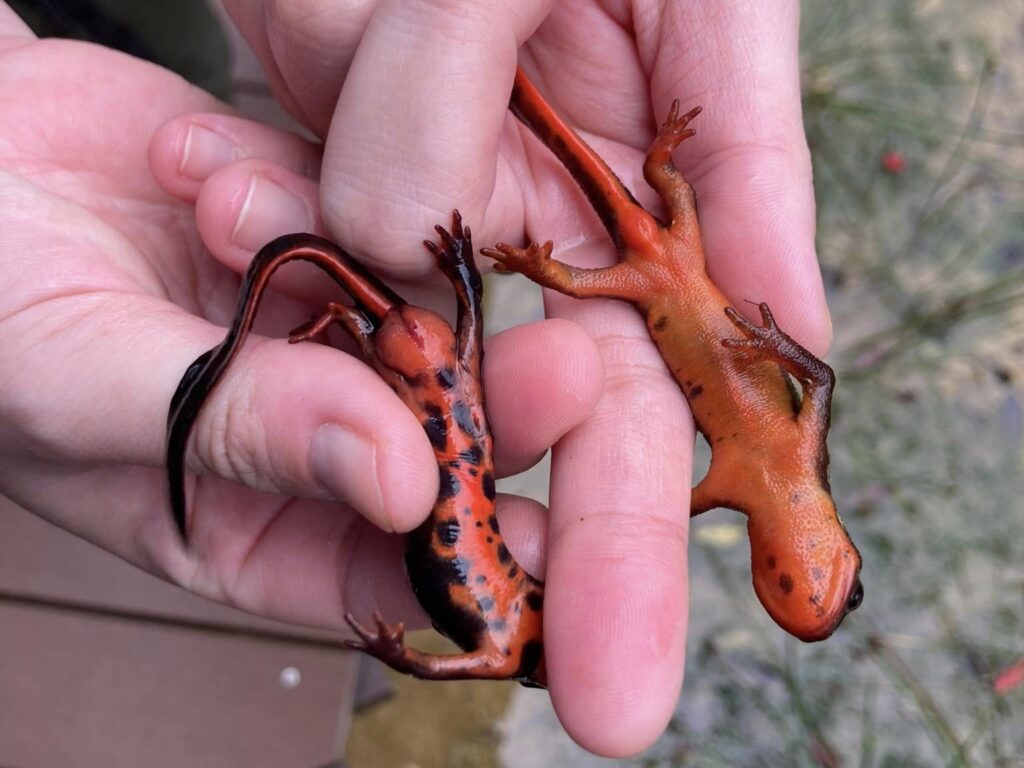
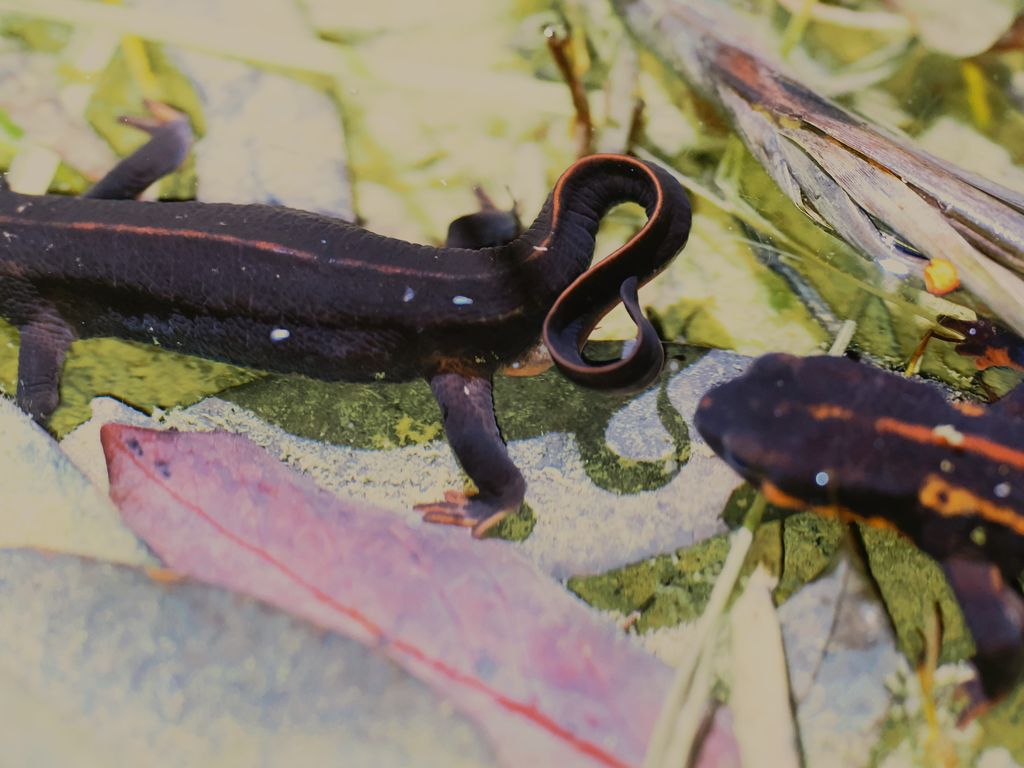



Perform a courtship display by moving their tails in an S-shape
Feeds on Okinawa tree frog eggs
Lays eggs among aquatic plants
Competes with water scorpions for tadpoles
Amami Sword-tail Newt(Cynops ensicauda ensicauda):
Found on Amami Oshima, Uke Island, Kakeroma Island, and Yoru Island. This subspecies typically has a black color, sometimes featuring a red line along the back. A few individuals show fine golden spots, which are smaller than those found in the Okinawa subspecies. Its dorsal ridge is also more prominent compared to its Okinawa counterpart.

